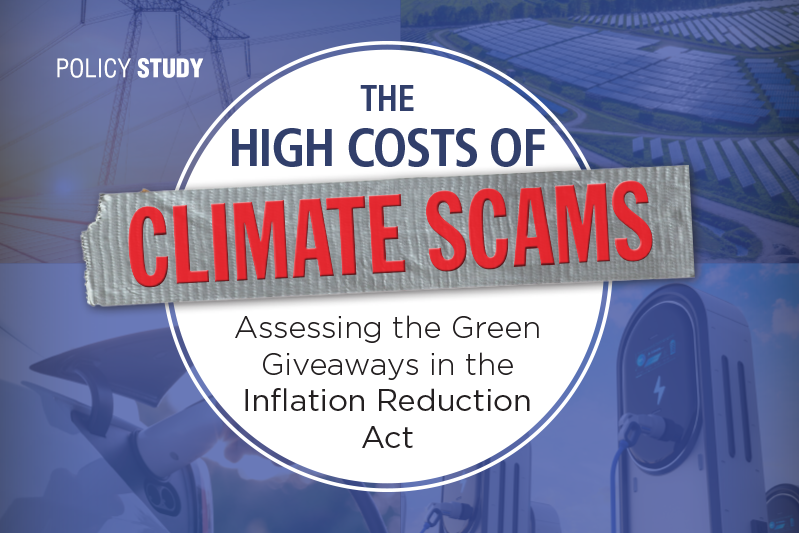An undated Earth.com article claims “The foundation of life is at risk from climate change.” This is false. Real-world data shows that the Earth is actually increasing its biomass in response to the mild warming over the last century combined with increases in atmospheric carbon dioxide.
The article itself is nothing more than a mishmash of statements, none of which, separately or in combination, support the claim that climate change is threating life on Earth, as the title implies. There is only a vague statement in the first paragraph which reads:
Photosynthesis forms the foundation of life on Earth, yet climate change increasingly threatens this essential process. With advanced tools, scientists can now study how shifts in temperature, humidity, and light impact photosynthesis and, by extension, the future of ecosystems.
It is true that “[p]hotosynthesis forms the foundation of life on Earth.” Photosynthesis is considered the foundation of life on Earth because it provides the oxygen we breathe and the food we eat, essentially acting as the base of the global food chain by converting sunlight, water, and carbon dioxide into chemical energy that sustains almost all living organisms on the planet.
But what isn’t true is the claim that climate change is threatening the process of photosynthesis. In fact, data from multiple sources show that photosynthesis is actually being enhanced by the slight increase in temperature as well as the increased concentration of carbon dioxide in Earth’s atmosphere. Climate at a Glance – Global Greening, discusses the fact that NASA satellite imagery analysis from 2016 shows significant plant growth globally over the past 35 years as seen in Figure 1 below. The reference article also says:
Research from NASA as well as multiple other studies conclude that the increased plant growth is a response to rising carbon dioxide in Earth’s atmosphere creating better growing conditions.
NASA’s results confirm earlier research which found that the 14 percent increase in atmospheric CO2 between 1982 and 2010 resulted in a 5-to-10 percent increase in green foliage cover in warm, arid environments.
Plant life is not just expanding in temperate regions. A 2018 study found the Sahara Desert had shrunk in area by 8 percent over the previous three decades, due a CO2 fertilization induced expansion of plant coverage.
Follow-up studies in 2018 and 2020, showed that on a global scale, greening can be attributed to the increase of carbon dioxide in the atmosphere.

This is logical, because actual greenhouses use warmth and artificially increased carbon dioxide to provide a better growth environment for the plants. These facts are not in dispute, therefore it stands to reason that a slightly warmer Earth and with more carbon dioxide in the atmosphere, all things being equal, provides a better environment for plant growth. Not only that, but a very recent peer reviewed paper published in Nature from Cornell University and the Department of Energy’s Oak Ridge National Laboratory found that Plants Absorb 31% More CO2 Than Previously Thought.
These findings refute the claims made in Earth.com’s article and headline photosynthesis and life on Earth are being “threatened.”
This isn’t truly surprising because the article itself provides no factual evidence to support its alarming claims. Earth.com’s article appears to be just another example of sloppy journalism in which a writer stitched together a few unrelated factoids about photosynthesis to make the article look “sciency,” only to leap to unsupported and false assertions that climate change is hampering photosynthesis and threatening life on Earth, when, in fact, there isn’t even a smidgen of evidence to support the claim. Earth.com did its readers a great disservice by pushing this false claim, which appears to be little more than a scare tactic.
























Earth.com must be a bot that AI created to make us believe photosynthesis is decreasing! You can’t stop entropy driven processes with unfounded claims just because you want to make up an unfounded assumption! Where’s the data to support this and what proof is there! Of course there is none you have no basis to begin with and the comparison is just plain false! We can tell this is just another example of hysterical nonsense that I guess you’re gullible brainwashed earth firsters will never investigate the truth! Sorry to inform you that lies and distortions are not allowed in a scientific study unless you have more evidence quit the charade!